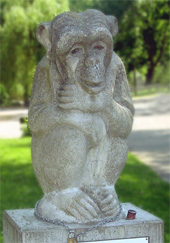The Exotic Centre
The “Exotic Centre” of the Mundenhof focuses on the differing social behaviour of various animal species. That is why there are also exotic wild animals here – such as brown bears or meerkats and monkeys.
Brown bears
Brown bears were already at home in Germany during the Middle Ages. A few animals still live in the wild in the Pyrenees, in Scandinavia, Russia and Southern Europe. They are actually loners by nature and only look for a partner during the mating season. They can also be kept in enclosures in groups if you give them enough to eat (like we do).
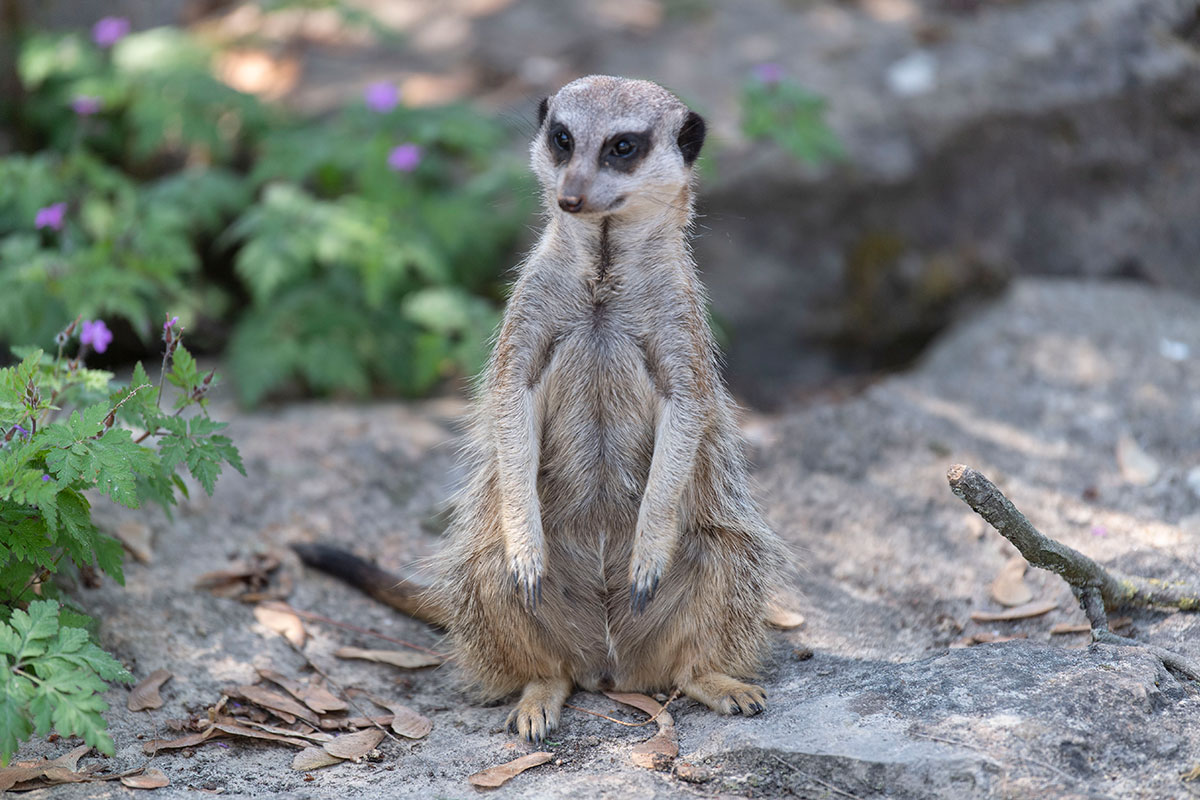
Meerkats
Company and the division of tasks in families are essential for the lively meerkats that originate in South Africa. By the way, the strongest female always leads the group.
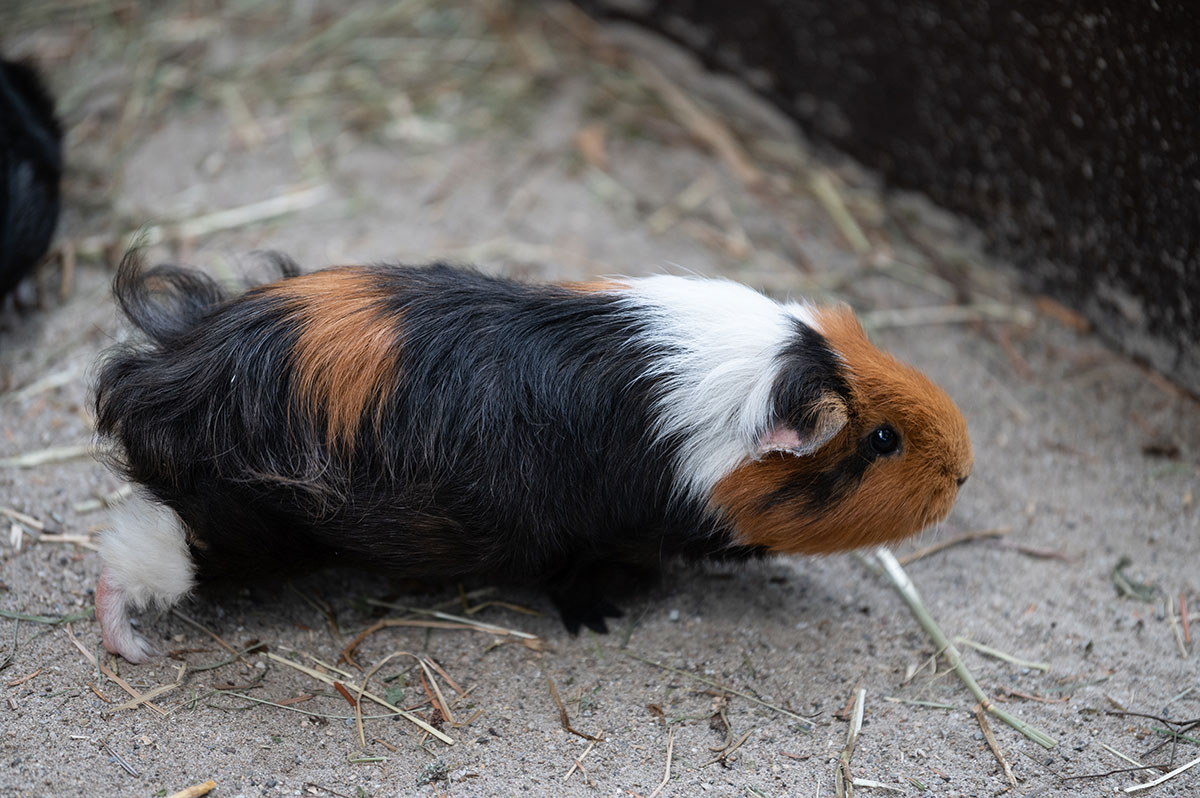
Guinea pigs
Guinea pigs, which originate from South America, also live in groups with a clearly allocated hierarchy. While the social bonding of the group members is looser than that of the meerkats, it is very stressful for the group if animals are removed or added. We therefore have an urgent request for all our visitors: hands off our guinea pigs!
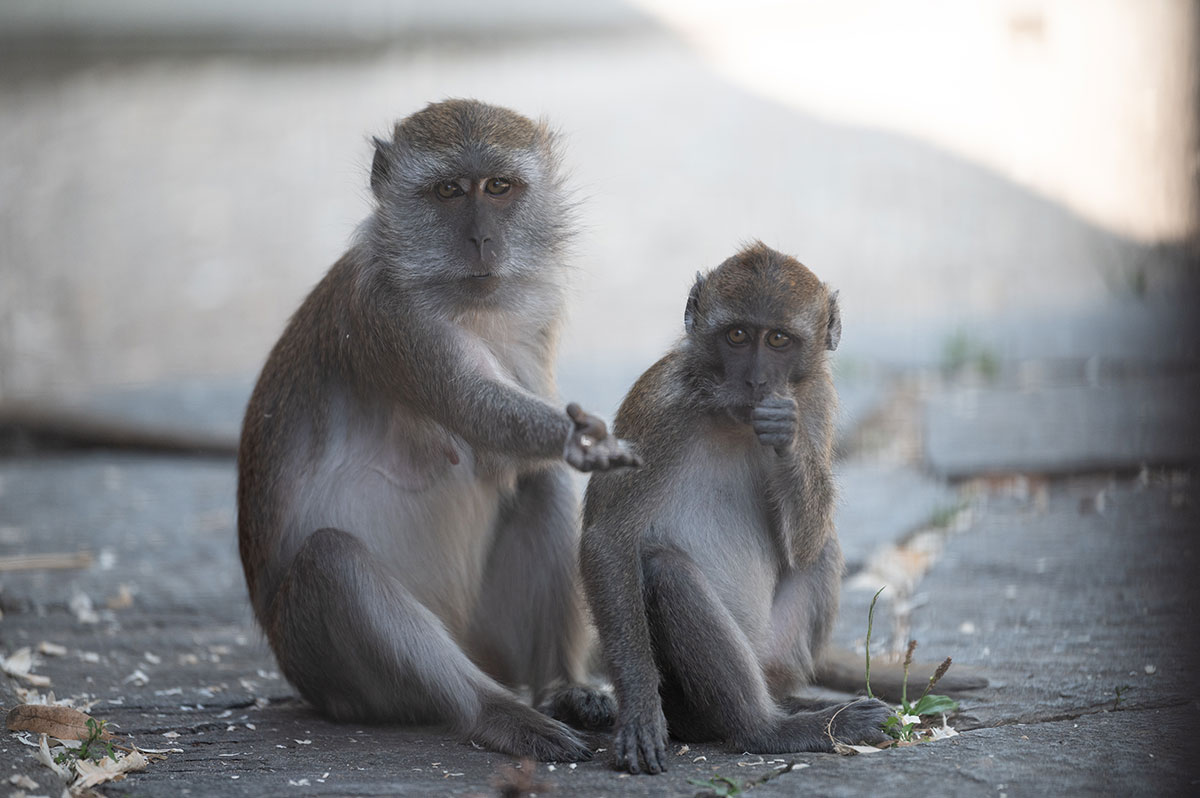
Javanese monkeys
The Javanese monkeys that have come to us from South-East Asia have a clear hierarchy: the group is divided into lower ranking and higher ranking individuals and their leader is always the strongest and most experienced male – unlike the meerkats.
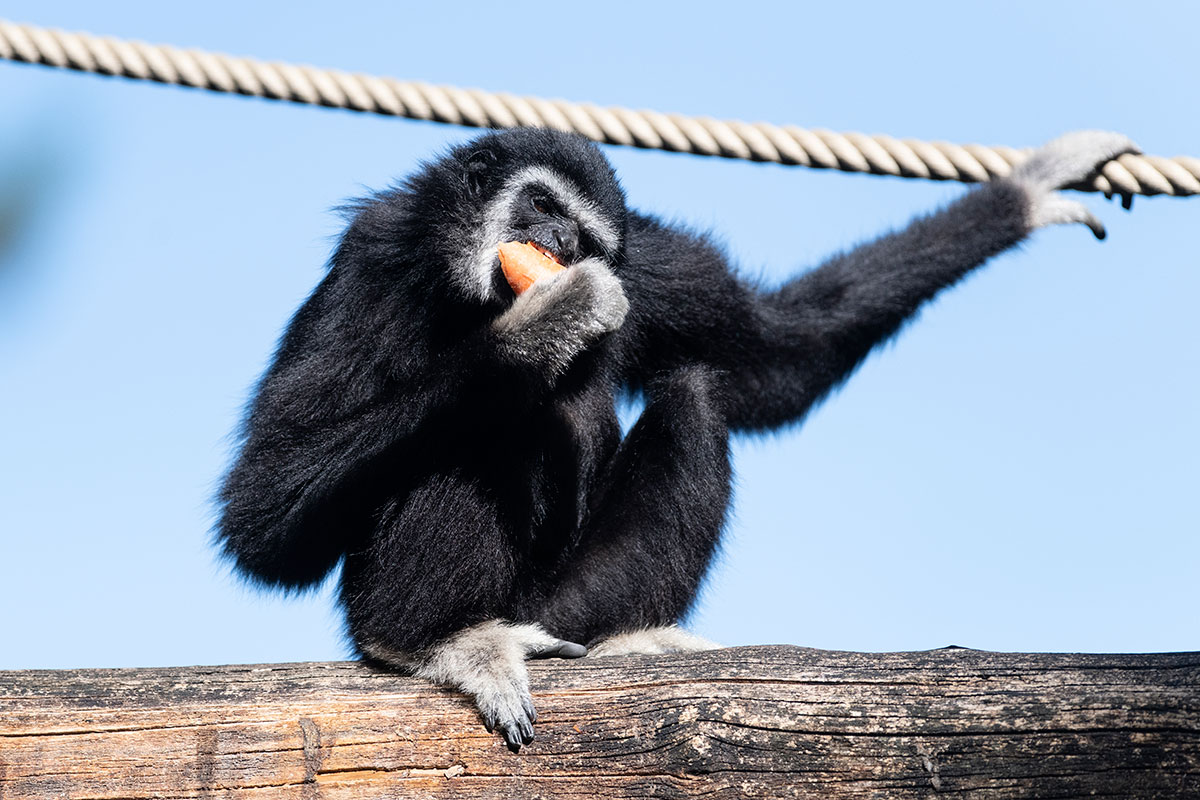
Gibbons
The gibbons, also at home in South-East Asia, are among the few mammals who remain faithful to the same partner throughout their life. They bring up their young together, as a parenting couple. The young only become sexually mature when they are about six years old and must then leave the family.
